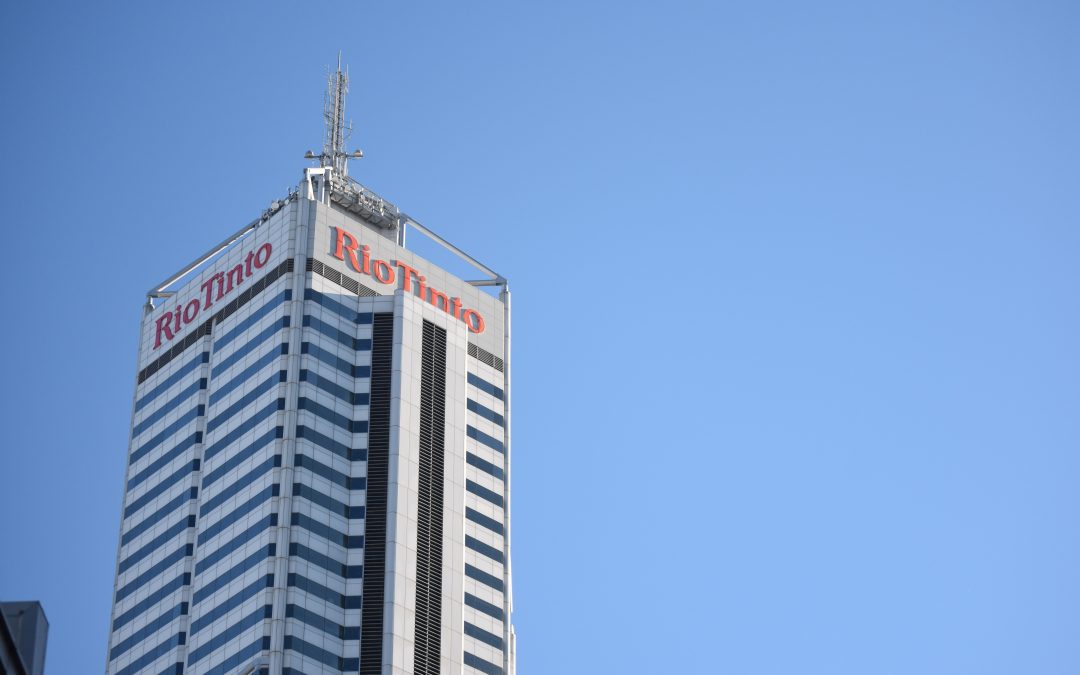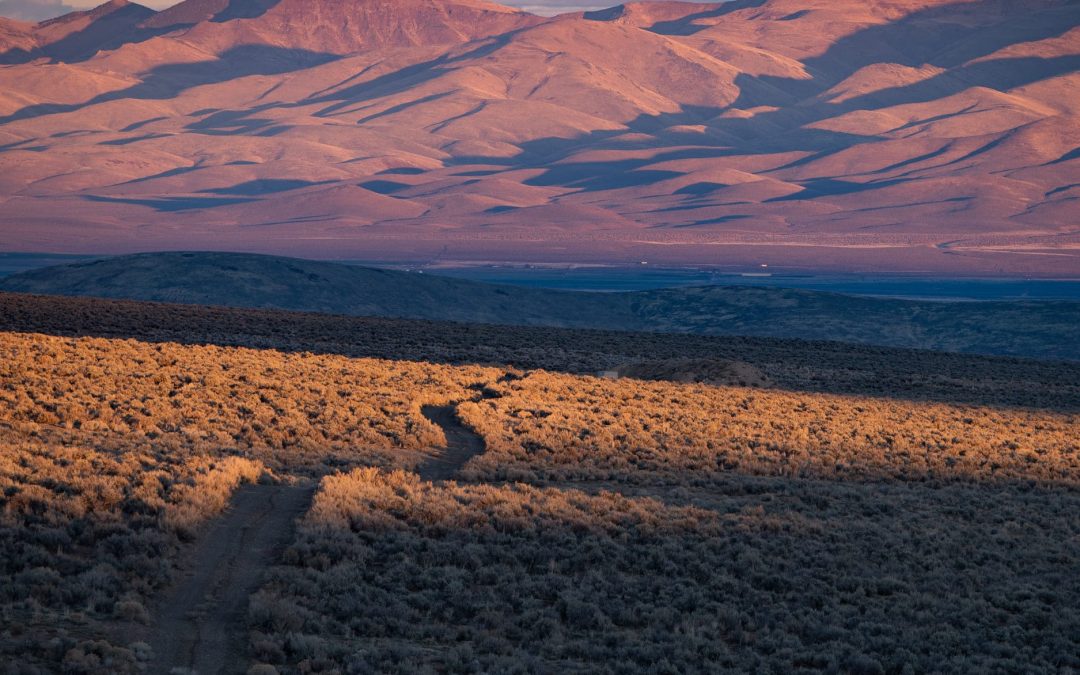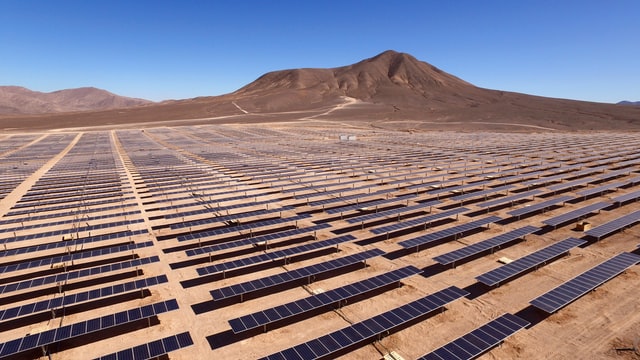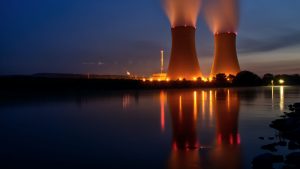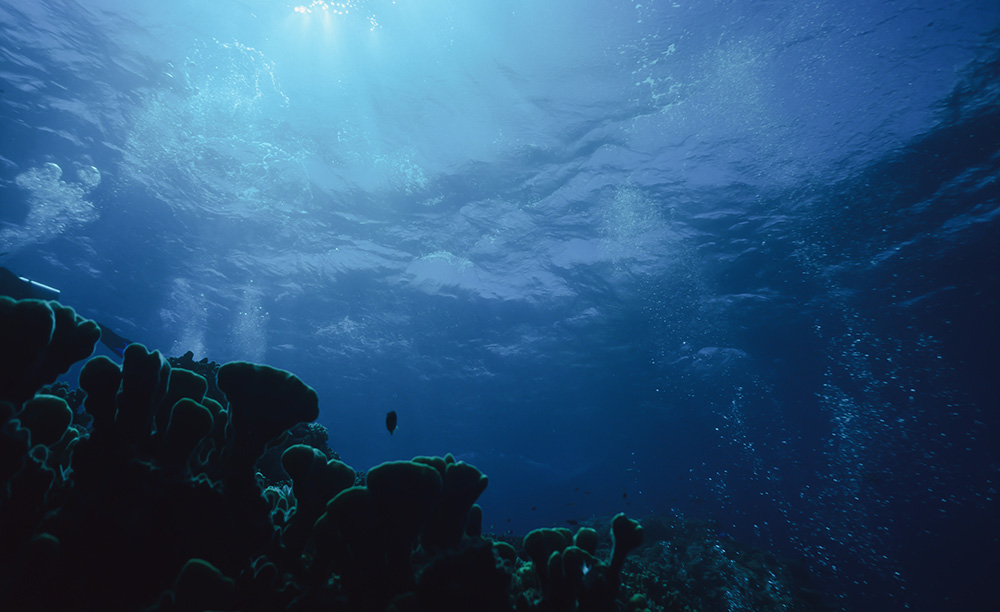… The Anglo-Australian mining giant [Rio Tinto] was confident that it would, at least eventually, win out in gaining the permissions to commence work on its US$2.4 billion lithium-borates mine in the Jadar Valley.
In 2021, Rio Tinto stated that the project would “scale up [the company’s] exposure to battery materials, and demonstrate the company’s commitment to investing capital in a disciplined manner to further strengthen its portfolio for the global energy transition.”
The road had been a bit bumpy, including a growing environmental movement determined to scuttle the project. But the ruling coalition, led by the Serbian Progressive Party, had resisted going wobbly on the issue…
[But now] In Serbia, Rio Tinto [has] faced a rude shock. The Vučić government, having praised the potential of the Jadar project for some years, abruptly abandoned it. “All decisions (connected to the lithium project) and all licenses have been annulled,” Serbian Prime Minister Ana Brnabić stated flatly on January 20. “As far as project Jadar is concerned, this is an end.”
Branabić insisted, somewhat disingenuously, that this decision merely acknowledged the will of voters. “We are listening to our people and it is our job to protect their interests even when we think differently.”
This is a bit rich coming from a government hostile to industry accountability and investment transparency. The same government also decided to begin infrastructure works on the jadarite mine before the granting of an exploitation permit. Such behavior has left advocates such as Savo Manojlović of the NGO Kreni-Promeni wondering why Rio Tinto was singled out over, for instance, Eurolithium, which was permitted to dig in the environs of Valjevo in western Serbia.
Zorana Mihajlović, Serbia’s mining and energy minister, preferred to blame the environmental movement, though the alibi seemed a bit forced. “The government showed it wanted the dialogue … (and) attempts to use ecology for political purposes demonstrate they (green groups) care nothing about the lives of the people, nor the industrial development.”
Rio Tinto had been facing an impressive grass roots militia, mobilized to remind Serbians about the devastating implications of proposed lithium mining operations. The Ne damo Jadar (We won’t let anyone take Jadar) group has unerringly focused attention on the secret agreements reached between the mining company and Belgrade. Zlatko Kokanović, vice president of the group, is convinced that the mine would “not only threaten one of Serbia’s oldest and most important archaeological sites, it will also endanger several protected bird species, pond terrapins, and fire salamander, which would otherwise be protected by EU directives.”
Taking issue with the the unflattering environmental record of the Anglo-Australian company, numerous protests were organized and petitions launched, including one that has received 292,571 signatures. Last month, activists organized gatherings and marches across the country, including road blockades.
Djokovic has not been immune to the growing green movement, if only to lend a few words of support. In a December Instagram story post featuring a picture of anti-mining protests, he declared that, “Clean air, water and food are the keys to health. Without it, every word about health is redundant.”
Rio Tinto’s response to the critics was that of the seductive guest keen to impress: we have gifts for the governors, the rulers and the parliamentarians. Give us permission to dig, and we will make you the envy of Europe, green and environmentally sound ambassadors of the electric battery and car revolution.
The European Battery Alliance, a group of electric vehicle supply chain companies, is adamant that the Jadar project “constituted an important share of potential European domestic supply.” The mine would have “contributed to support the growth of a nascent industrial battery-related ecosystem in Serbia, contributing to a substantial amount to Serbia’s annual GDP.” Assiduously selective, the group preferred to ignore the thorny environmental implications of the venture.
The options facing the mining giant vary, none of which would appeal to the board. In a statement, the company claimed that it was “reviewing the legal basis of this decision and the implications for our activities and our people in Serbia.” It might bullyingly seek to sue Belgrade, a move that is unlikely to do improve an already worn reputation. “For a major mining company to sue a state is very unusual,” suggests Peter Leon of law firm Herbert Smith Freehills. “A claim under the bilateral treaty is always a last resort, but not a first resort.”
Another option for punters within the company will be a political gamble: hoping that April’s parliamentary elections will usher in a bevy of pro-mining representatives. By then, public antagonism against matters Australian will have dimmed. The Serbian ecological movement, however, is unlikely to ease their campaign. The age of mining impunity in the face of popular protest has come to an end.

